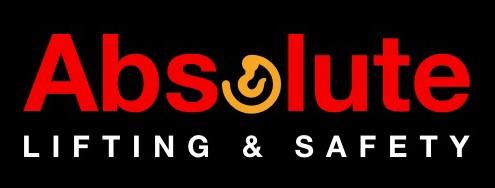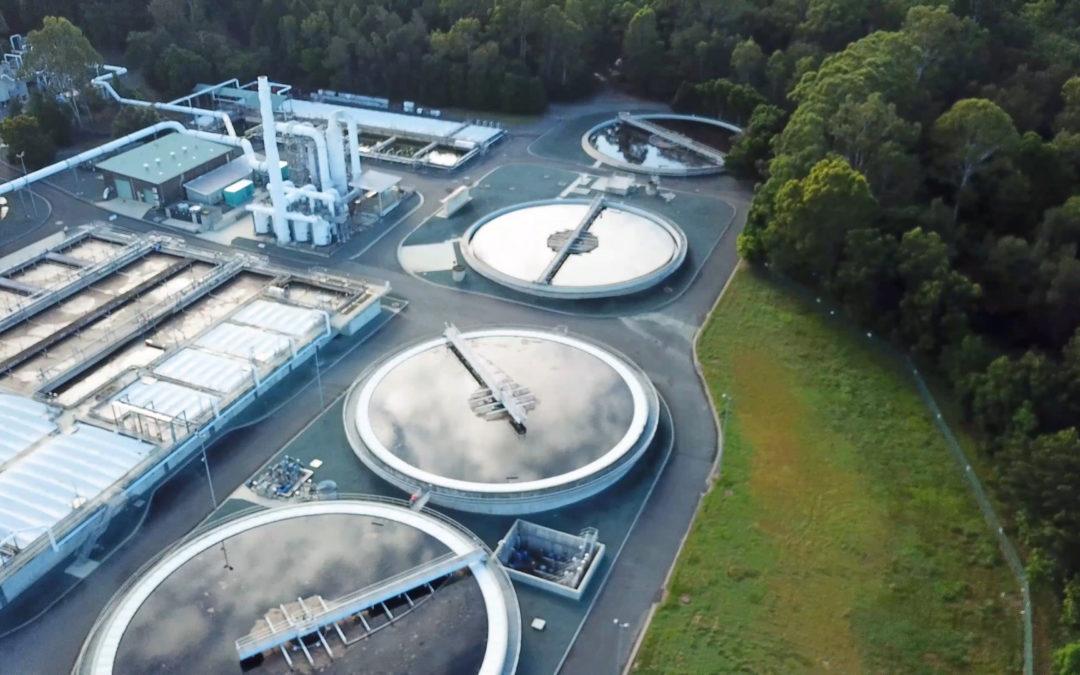
Australians consume an average of 82,000 litres of freshwater per person each year. A further 80 litres of water per connection every day on average are lost by utilities before it even reaches our homes. For small utilities, this figure is around 110 litres per day.
Demands & Challenges on Infrastructure
- Climate change affects water supply patterns and threatens assets.
- Population growth has consequences for our water security and infrastructure.
- Older assets need to be replaced and upgraded.
Demands on People and Infrastructure
- Plumbers, irrigators and other people involved in maintenance work for wastewater systems or recycled water.
- Workers at sewage treatment plants.
- Workers transporting septage from septic tanks to licensed facilities.
- Workers applying bio-solids to land
- Water supply, sewerage, waste management and remediation activities.
- Water collection, treatment, supply and disposal.
- Materials recovery
WATER INDUSTRY HAZARDS
- Working on reservoir roofs and elevated platforms
- Roofs and elevated platforms
- Working on dam assets and weirs
- Working around holes and openings such as pump stations and pits.
- Working on steep embankments
- Removing grid mesh flooring panels
- Constructing or using scaffolds
- Construction of infrastructure
- Working on large mobile equipment
- Using ladders
- Accessing utility and truck trays and trailers
- In or on plant that is being used to gain access to an elevated level
- In the vicinity of an opening through which a person could fall.
- In the vicinity of an edge over which a person could fall
- On or in the vicinity of a surface through which a person could fall
- On or near the vicinity of a slippery, sloping, or unstable surface.
Chemical hazards.
Sewage can be deficient in oxygen or contain flammable gases such as methane and toxic gases such as carbon monoxide and hydrogen sulfide. For example, flammable gases may be released during vehicle transport of human sewage due to agitation, presenting a risk of fire or explosion. Sewage may also contain harmful substances from trade waste or industrial and commercial facilities, such as certain solvents, organic chemicals and heavy metals.
Biological hazards.
Pathogens (disease causing organisms such as viruses, bacteria, protozoa or other microorganisms) are found in sewage. Most of the health effects in occupational exposures to sewage are attributed to the microbial hazards. There are four principal categories of microbial hazards found in raw sewage:
LIFTING, ACCESS & HEIGHT SAFETY EQUIPMENT
COMMONLY USED IN THE WATER INDUSTRY
- Eliminate the need to work at height and perform Ground level maintenance and assembly of plant equipment.
- Elevated work platforms, scaffolding or work boxes
Safety harness and lanyards - Davit for entry into confined spaces and or reservoirs
- Fall Restraint systems
- Lifting Slings
- Edge Protection and Guard Rails
- Elavated Work Platforms
- Signage
- Exclusion zones
- Regular scheduled periodic inspections
- PPE
- Rescue Kits
- Stretchers

